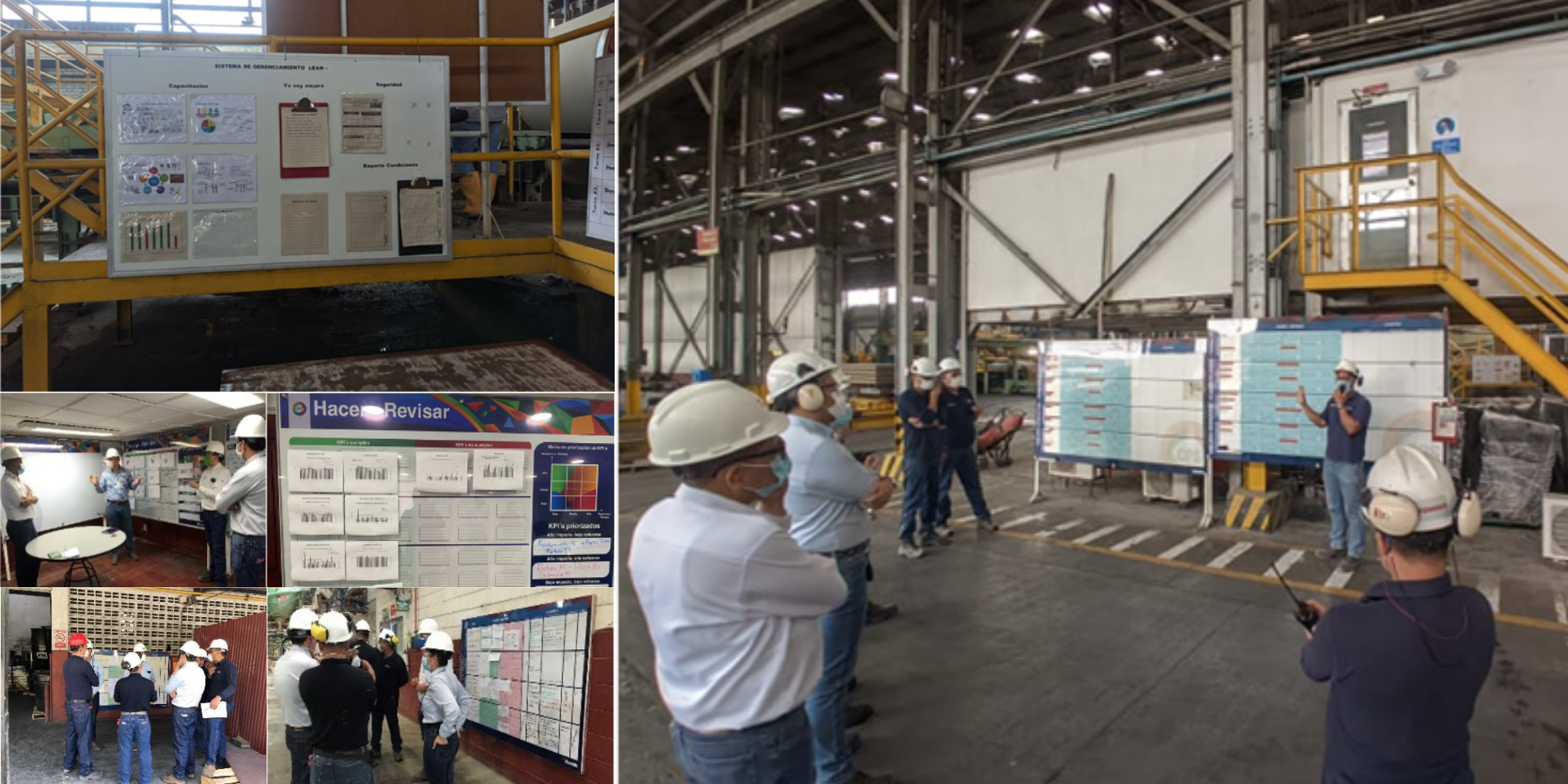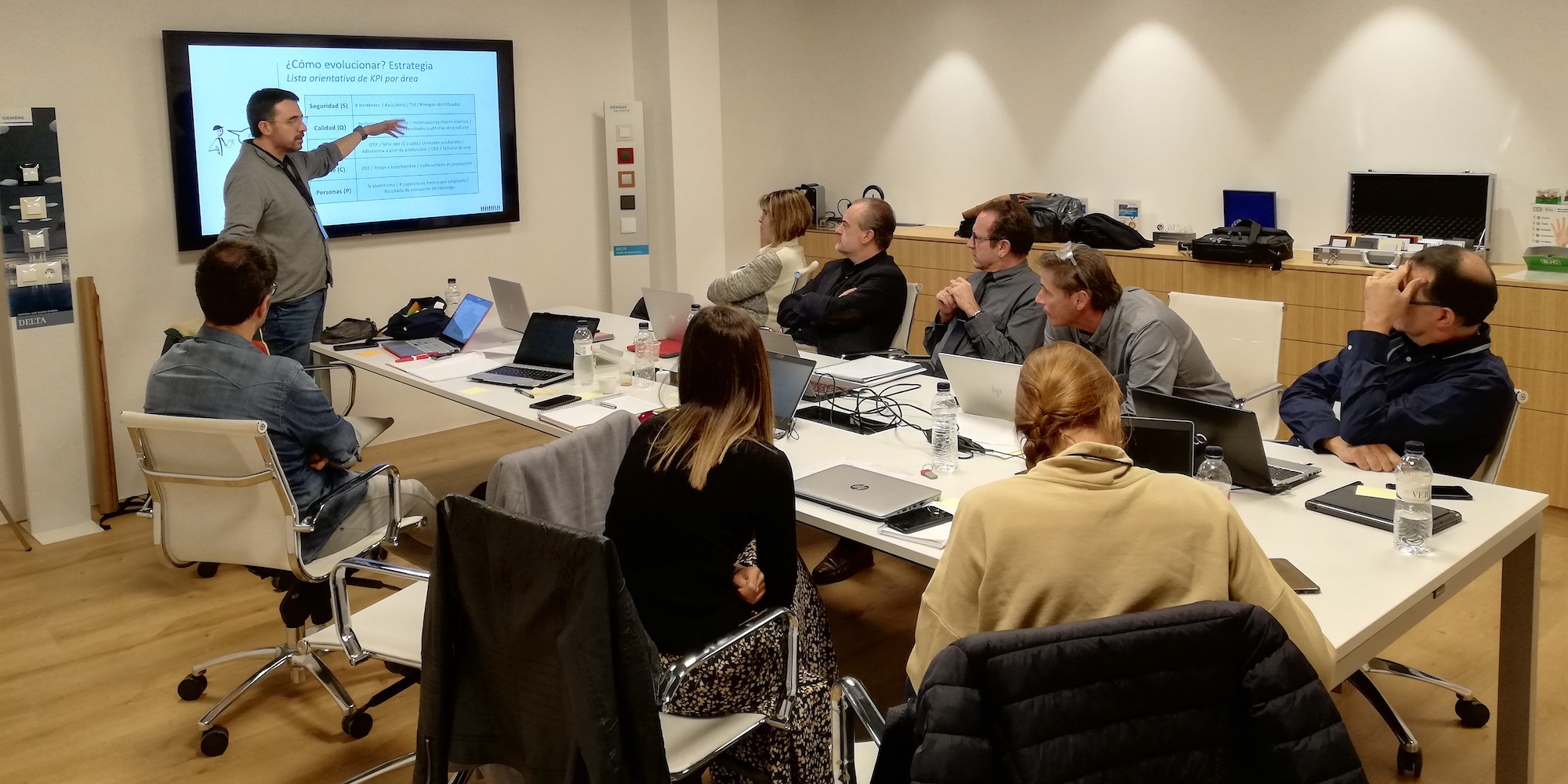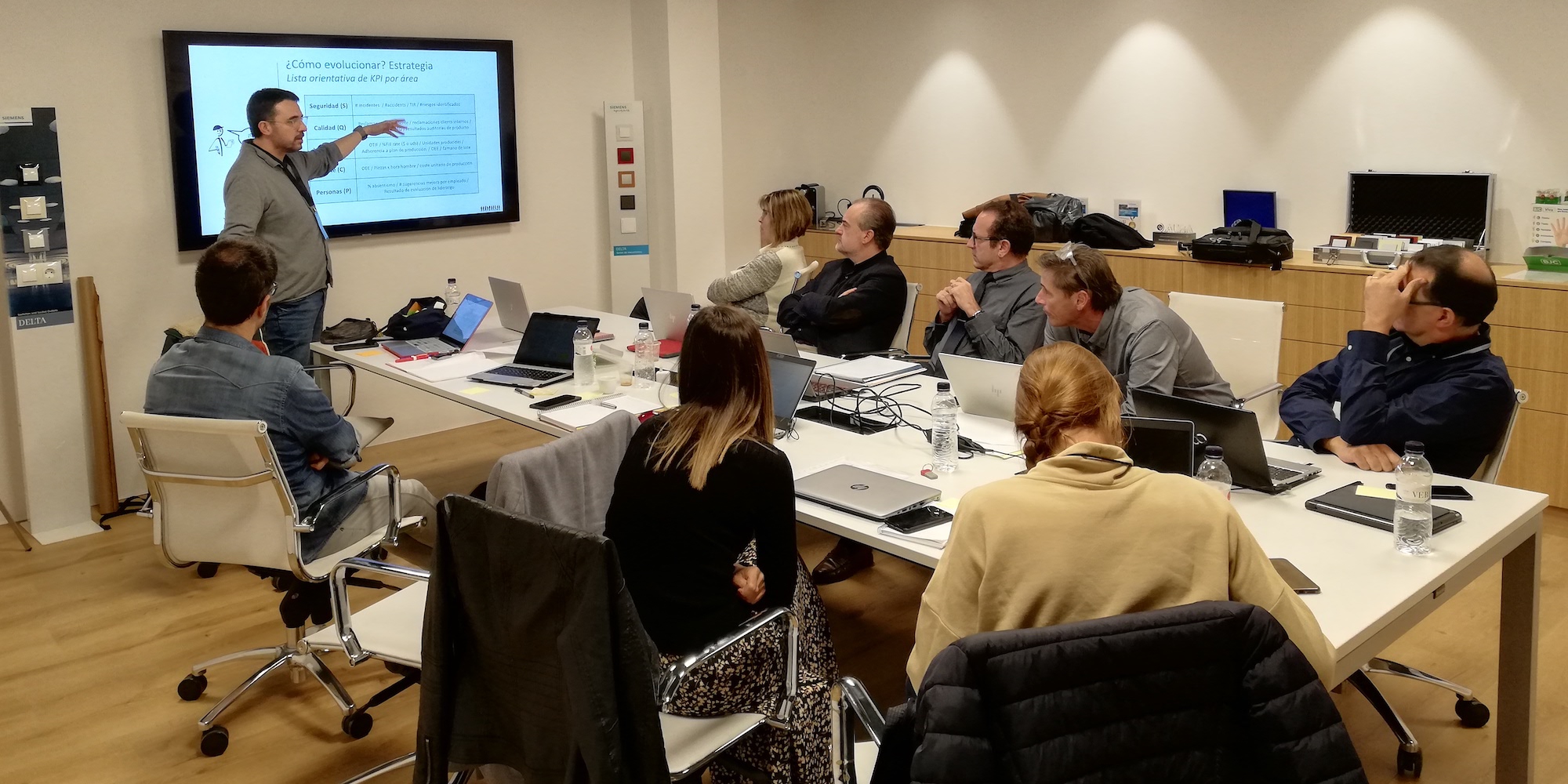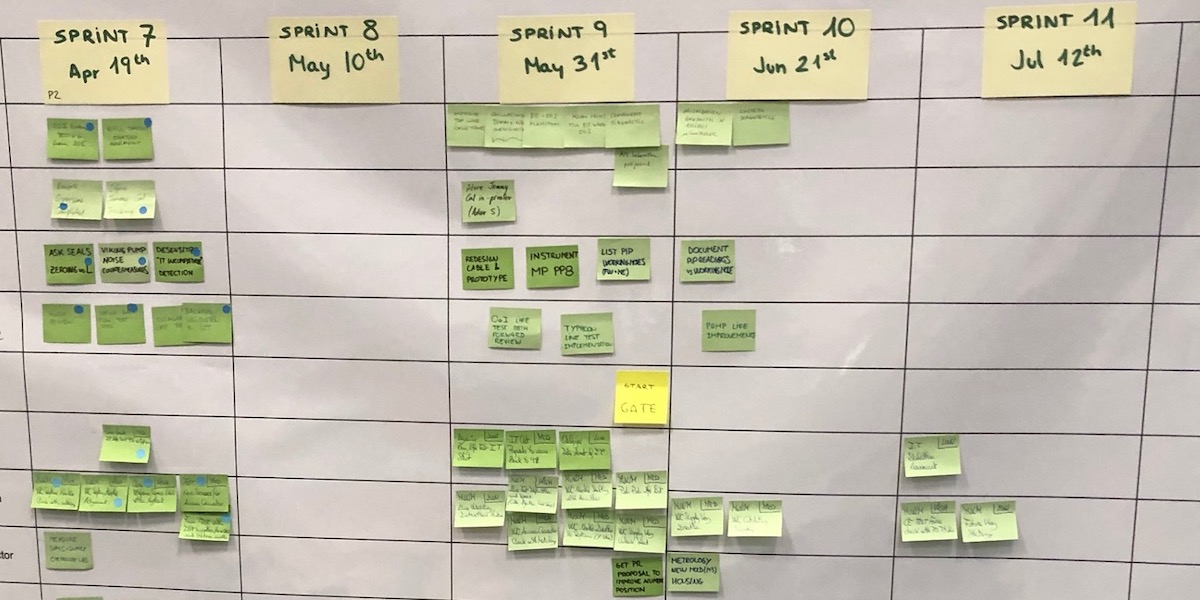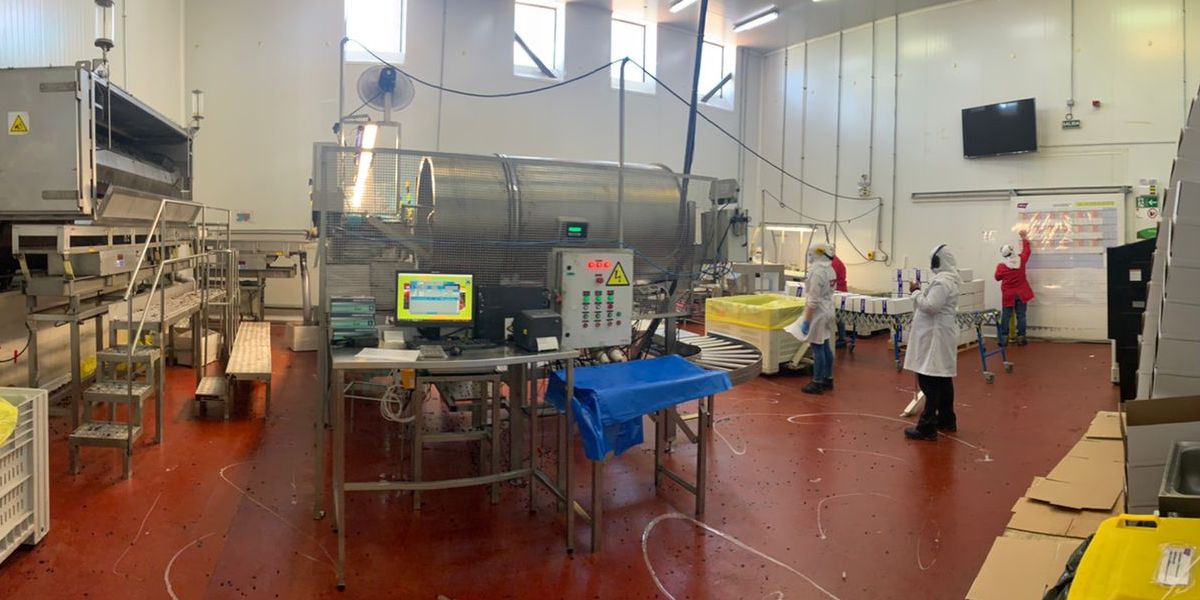FEATURE – When the clouds gather, it’s tempting to throw in the towel and ask, “What is it all for?”. The author tells us why the kaizen spirit should be our beacon now more than ever.
news
Slashing waiting times for cancer care
CASE STUDY – This project in Brazil, part of a city-wide effort to improve patient flows, led to impressive results in the waiting time to access cancer care.
Click here to access the content.
Turning around our quality
CASE STUDY – For the past year, Elementia Materiales, a producer of materials for the construction industry, has begun a lean journey that’s already brought impressive quality results.
What is lean manufacturing and just in time manufacturing?
Lean manufacturing is a production method in business that’s designed to reduce waste and maximise efficiency.
Lean manufacturing was pioneered by Toyota and is also known as just in time manufacturing.
While it helped to revolutionise manufacturing primarily, the methodology can be applied to all kinds of project management.
Businesses in industries from hospitality to computing have all benefited from lean techniques. What can you implement in your business?
Our hoshin journey
FEATURE – This Siemens Group-owned medium-sized manufacturer of electrical low-voltage devices has been experimenting with hoshin kanri. In this article, they share their experience and lessons learned.
Our hoshin journey
FEATURE – This Siemens Group-owned medium-sized manufacturer of electrical low-voltage devices has been experimenting with hoshin kanri. In this article, they share their experience and lessons learned.
The competitive advantage of lean process creation
SERIES – The authors of The Power of Process open their new series by explaining why it’s critical to integrate product and process development.
Back from the brink
ROUNDUP – Our editor looks back at the best articles explaining how Lean Thinking can help in a crisis and bring an organization back from the brink of disaster.
How to shorten product development lead-time
FEATURE – Reflecting on the transformations he has supported, the author provides a few recommendations on how to get products to market faster.
‘Fruitful’ lean work
CASE STUDY – This Chilean agrobusiness company achieved great results in a very short time by applying lean to standardize its processes and improve its productivity. They are now berry fond of the methodology.



